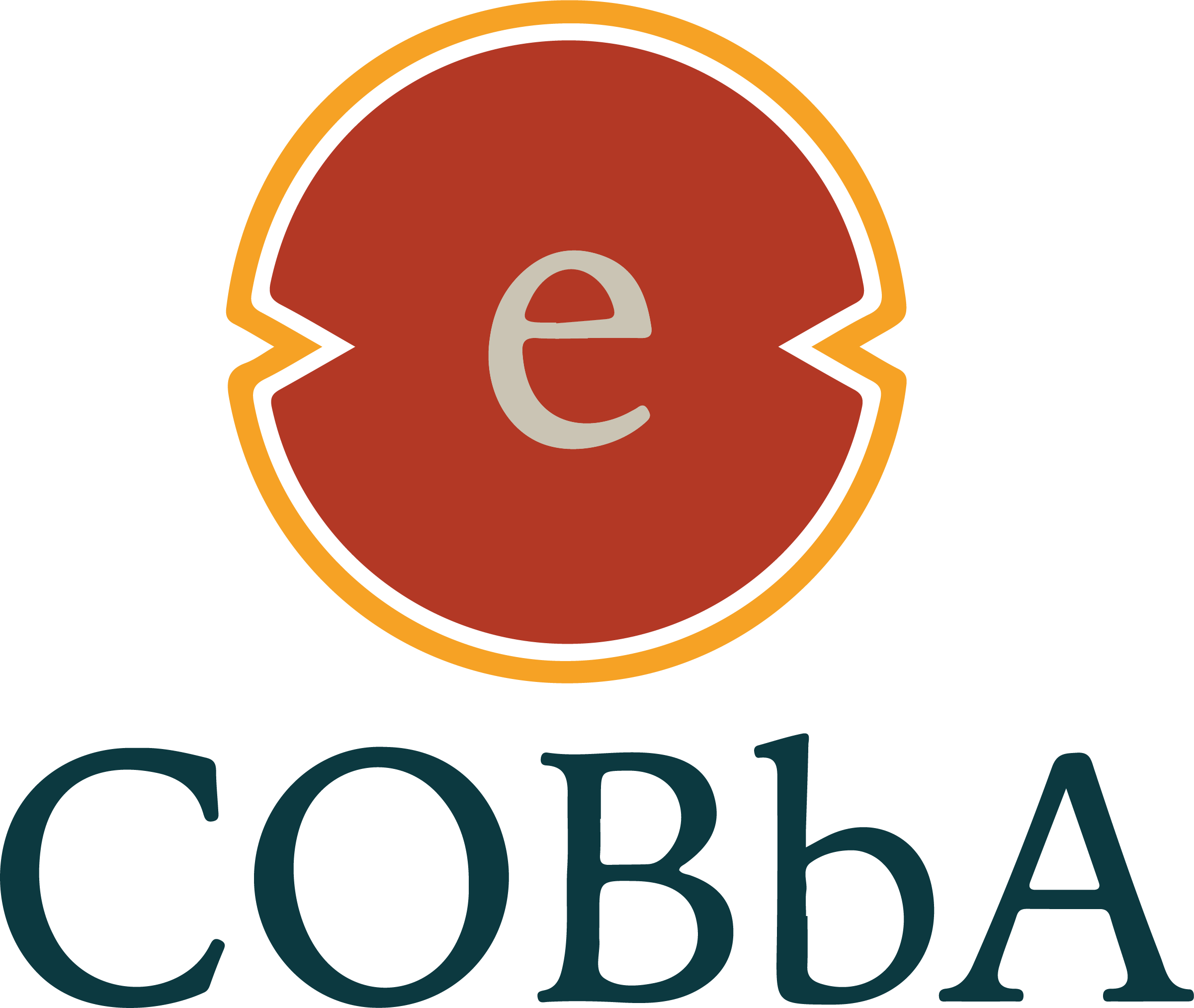
banking the unbanked
Banking the unbanked Up until recent years, it has generally been considered a Herculean task to bank the unbanked, and the gain, not worth the effort. However, this has been proven to be vastly untrue; according to a report commissioned by Barclays, CARE International and Plan UK, there is a US $116 billion per year opportunity for financial institutions if they banked the 2 billion currently unbanked people. The report lends hope that all those engaged in linkage activity, namely financial institutions, mobile operators and non-profits, can now better understand the scale of linkage activity taking place, perhaps compare products with their competition and hopefully identify opportunities to better service the banking needs of the world's poorest. This also supports the CARE and Accenture Within Reach report findings that banks should have a vested interest in serving under-banked consumers in emerging countries, stating it represents a US $380 billion opportunity. What is exciting to read from the report is that nearly two-thirds of the products identified are offered by retail banks, lending credibility to the hot topic that there is a solid business case for banks to develop products and services for informal savings groups. Information presented in the report's Linkage Table shows many examples where banks are seeing it this way and seriously investing in linkage activity, for example—Barclays Uganda. In Uganda, Barclays have partnered with NGO Grameen Foundation Uganda and the mobile network operator Airtel Uganda to enable informal savings groups to link their mobile money wallet to a Barclays savings account—effectively overcoming geographic obstacles to accessing a branch for those living remotely. Organizations, seeing this opportunity to better the livelihoods of underserved communities, are actively linking the less fortunate to formal financial products and services. Currently, there are: -106 savings and credits products are currently offered to savings groups -95 financial service providers are offering formal financial services to informal savings groups -Five of these financial institutions—Barclays, Bank of Africa, Kenya Commercial Bank, Opportunity International Bank and FINCA—offer products in multiple markets -27 countries where savings groups are linked to formal financial services While all this is good for the financial institutions, the question then becomes, how can linkage help the poor? Put simply, enabling informal savings groups to link with financial institutions will enable them to have first time access to relevant, appropriate, and safe financial products. This demographic currently faces the greatest barriers to financial inclusion, including low and unpredictable incomes, living in remote areas away from branches, and a lack of identification, all of which inhibit them from accessing financial services. As a work-around, many people in poor communities chose to pool their money by joining an informal, community-based savings group, such as a Village Savings and Loan Association (VSLA). There is well documented success of VSLAs and the benefits it brings members, such as enabling members to grow their collective savings, and access it as needed to create businesses, build assets and reduce the effects of shocks such as drought. It is also clear that the poor can experience even greater outcomes when matured savings groups are linked to formal financial services. According to the Breaking the Barriers report, the average VSLA member saves US $58 per year, and once linked to a bank the average savings per member increases by between 40 and 100 per cent. That means that through linkage, there should be greater protection from hardships, more inclusive economic empowerment and more pathways out of poverty. As more barriers are broken to ensure all demographics are catered to, it is becoming clear that everybody stands to benefit, when the unbanked and underserved are catered to.

